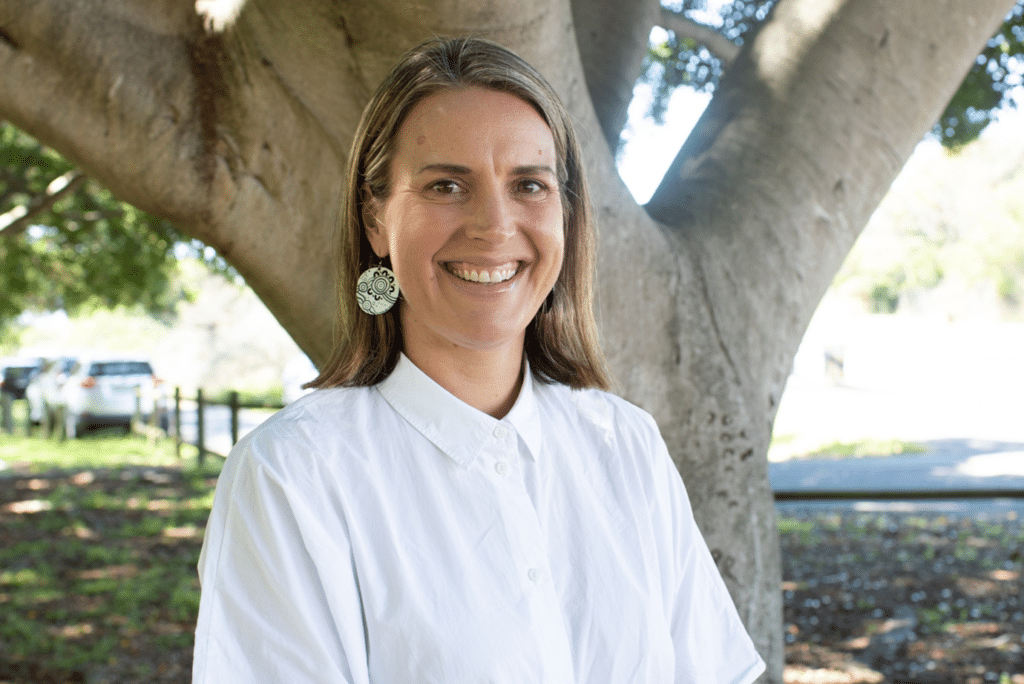I grew up near an abortion clinic, and as a young teenager I still remember the deep sense of injustice I felt seeing crowds of protesters standing outside the clinic, harassing women on their way inside. It wasn’t until 2008 when abortion was decriminalised in Victoria.
Since then, thanks to years of advocacy, reform and investment, Victoria has become a leader in access to sexual and reproductive healthcare. But the past few months have seen fresh threats to reproductive rights in Australia. While abortion is now legal in Victoria, within this broader domestic and international context, we must never be complacent.
In Victoria, a history of criminalisation and stigma, compounded by health inequities, has impeded access. The ‘postcode lottery’ exposed in the 2023 Senate inquiry is persistent and this disproportionately affects disadvantaged populations. The release of WHV’s Realising Access report this week has brought these inequities to light.
This landmark report, the first of its kind in Australia, has analysed over 30,000 de-identified calls to WHV’s 1800 My Options service, Victoria’s information and referral service for abortion, contraception and sexual health. It paints a clear picture of the inequities and enablers for people seeking abortion and contraception services in Victoria.
The Realising Access report shows that in a cost-of-living crisis, financial insecurity is the major challenge facing people seeking an abortion. The cost of a surgical abortion in the private system can range from $740 for people with a healthcare card, or from $1185 for people without Medicare entitlements.
It also highlights access gaps to surgical abortion and medication abortion across the state, with major differences in more disadvantaged and regional areas. Access to contraception is also inequitable with many disadvantaged areas not having providers offering long-acting reversible contraception like IUDs.
What we know is that a lack of service provision limits access to sexual and reproductive health care. Nowhere is this more clearly demonstrated than the shocking finding that people living in regional LGAs are two to three times more likely to seek abortion services after nine weeks, depending on the level of disadvantage in the area. Why is this such a critical piece of information?
Because medication abortion is only available up to nine weeks. After that, surgical abortion becomes the only option, so there is a misalignment between the number of abortion seekers who will require surgical abortions due to gestation and the low level of registered surgical abortion providers available to them. These people are at greater risk of missing out on abortion care.
Take Brooke, who at ten weeks gestation called 1800 My Options. She’d already waited three weeks for a doctor’s appointment, and then her GP said she needed to travel to Melbourne for an abortion. Brooke couldn’t afford $800 for the clinic her GP referred her to, or petrol for the 680km round trip. 1800 My Options told her about closer, free abortion services, and how to access them. She settled with a 460km round trip. For pregnant people like Brooke, who might also be experiencing family violence, disability, or recent migration, these factors can create insurmountable barriers.
If abortion is healthcare, why is it treated so differently from other medical services? Public hospitals are not required to provide abortion services. Pharmacies are not required to stock abortion medications. If I broke my leg, no one would question my right to treatment. I wouldn’t be sent home without a referral or told to call a special helpline to help me get the care I need. Yet, when women in need of an abortion seek services from their local GP or hospital, this can be their reality.
The Realising Access report highlights a raft of solutions. For one, we need better data collection. We can’t rely on one-off reports to give us the full picture. Reliable population level data will help us understand service seekers’ needs and barriers, and ensure that our healthcare system responds accordingly. We also need more low-cost and free sexual and reproductive health services across the state, like the Victorian Government’s SRH hubs, especially in urban growth areas and more disadvantaged areas.
If we’ve learnt anything in recent months, it’s that access is fragile. Abortion rights and access in Victoria have come a long way since those days when crowds of protesters would hang around at the front doors of abortion clinics. But even with legal protection, we must ensure that it is easily accessible for everyone. We cannot be complacent. We owe it to every Victorian to create a healthcare system that works for all — because abortion is a right, not a privilege.
Feature Image: Sally Hasler, CEO of Women’s Health Victoria.

